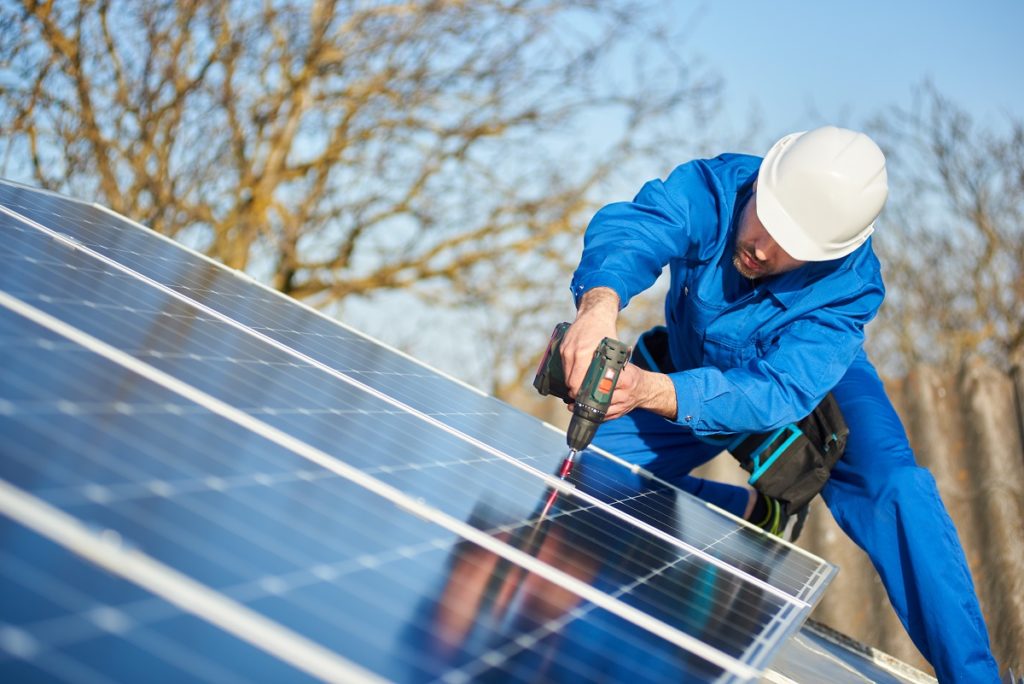Using renewable energy sources for your home’s electricity is an excellent way to reduce your carbon footprint, making your home more sustainable while lowering your energy costs. Renewable energy is power generated from natural resources, including the sun, wind, biomass, and water. All these can be naturally replenished, making them more sustainable and greener.
It’s the energy of the future. Whether you’re concerned about homeowners’ insurance coverage for your solar panels or the potential of it, switching now can mean you’ll help lead the world to a smart and sustainable energy transition — saving you money and the environment.
Solar Power
The most popular and accessible way of using renewable energy for homes is through solar panels installed on your roof. These take the sun rays and convert them into electricity you can utilize to warm your house or power a couple of devices. The panels generate power during the day but can also get powered even if it’s not sunny outside as the general daylight also works.
Wind Turbines

If you have a large enough real estate to install a small wind turbine, investing in one is a great choice, energizing your home minus the carbon footprint. Wind power can be a great asset as it’s more stable than solar systems and stronger. It can generate most of what a small home needs in terms of electricity. However, you’ll need sustained winds around 10 miles per hour (MPH) to create a significant amount of power. If you live in a higher location or near the beach, a small wind turbine can be a great investment.
Air Source Heat Pumps
h
Air source heating pumps are relatively new energy systems that utilize heat from the outside air to provide heating and hot water, similar to how a fridge works — but in reverse. This greener heating method boasts silent operations and can save you over $500 every year on your heating bill compared to traditional oil-fired systems.
Biomass Systems
A biomass heating system burns organic materials like wood pellets, chips, and logs to generate heating and hot water. It’s a lower carbon way of heating than fossil fuels such as coal and oil as the burned wood in these systems only emits minimal carbon. If you live in a forest and often come across many stray planks or blocks of wood, a biomass heating system is perfect for you. This new method can save you up to $800 a year on heating costs compared to old electric heating systems.
Hydroelectric Systems
A hydroelectric system uses water to generate electricity. There are several ways you can do this, but the most common and practical one is finding the largest vertical distance water can travel and divert it, so it goes through a hydroelectric generator. If your house is near bodies of lakes or rivers, this method can be excellent for you.
Small scale hydroelectric power plants can be enough to generate electricity to power your home on a river with a one-meter drop. Setting up a hydroelectric generator isn’t easy, so you’ll probably need a professional’s help.
Although you won’t be able to power your entire house with these, incorporating just one or more of the systems mentioned can help you save a ton on your energy bills while living sustainably — making your home greener and environment-friendly.

